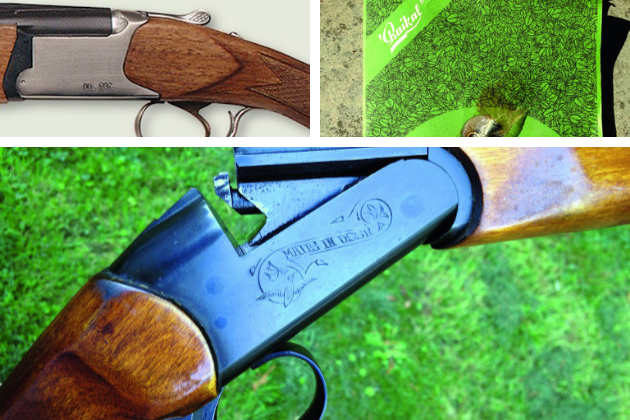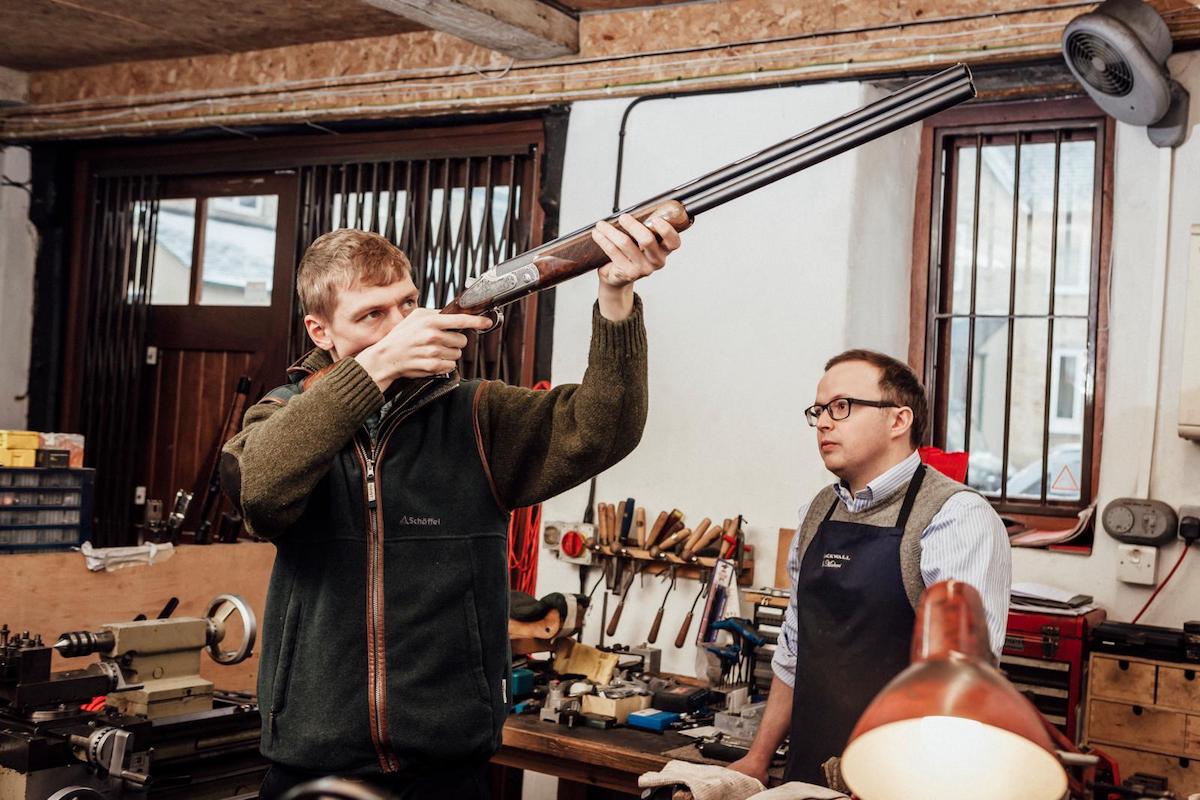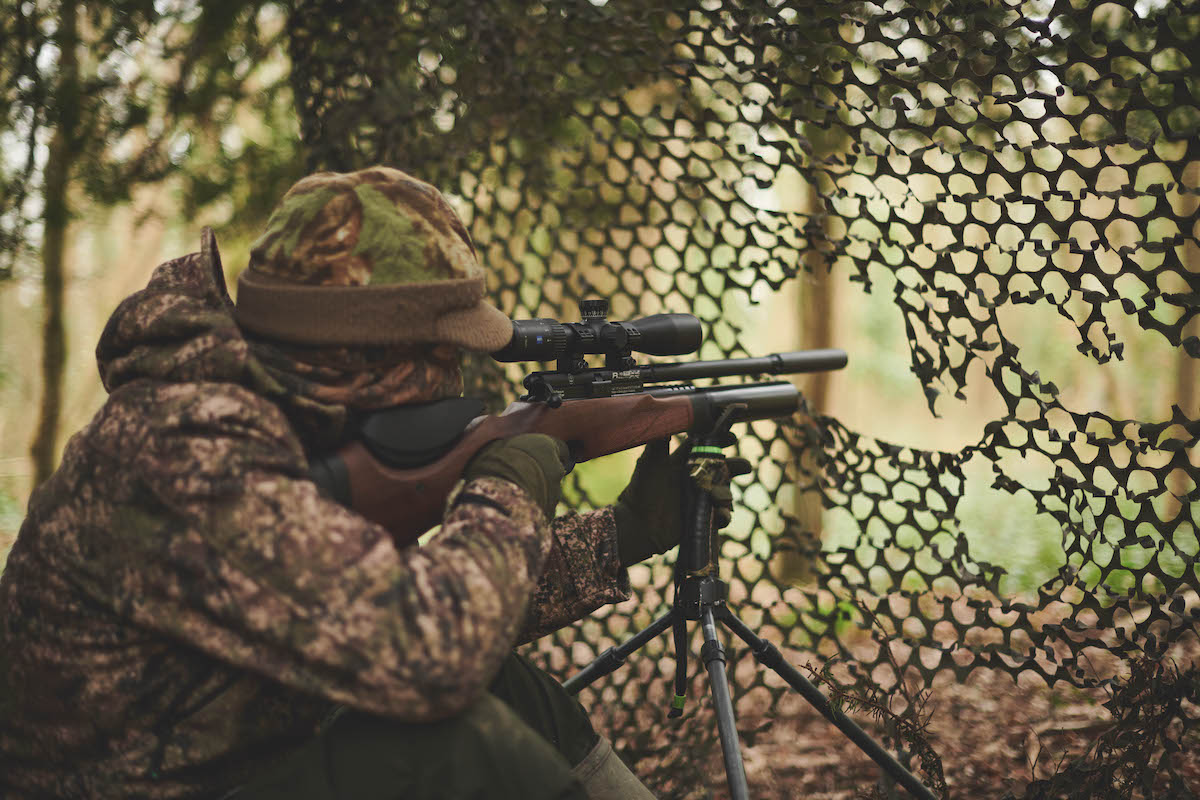My first gun – a Baikal single-barrel 12-bore
The Editor of Sporting Gun, Matt Clark, takes a trip down memory lane and remembers his Baikal single-barrel 12-bore

I’m proud to say that my first gun was a Baikal. People may smirk but it carries a weight of nostalgia.
Although strictly speaking my Baikal single-barrel 12-bore was not my first shotgun. That honour goes to a BSA Snipe, a single-barrel shotgun given to me by my cousin Geoff Hoyle. He was a target pistol shooter of some renown, an editor of a target-shooting magazine and really wasn’t that interested in shotguns. He generously passed the Snipe on to me as soon as I got my shotgun certificate when I was 14 years old.
Why did I choose a Baikal?
The Baikal was the first shotgun I actually bought. I seem to remember it cost £55 in 1986 from Sykes, a gunshop in Penrith, Cumbria. I didn’t have a lot of money because my parents were firm believers in Victorian values when it came to pocket money, so a new gun made behind the Iron Curtain would make my money go further.

The engraving on Matt’s gun proudly boasts “Made in the USSR”
Modern Baikals are finished rather better
“Agricultural” would be polite way to describe Baikal gun’s design. The quality of the stock is an important indicator of the quality of a shotgun. The Baikal fails on that point, having a light-coloured wood smothered with some rather thick, glossy varnish, resembling the sugarcoating of a toffee apple. There are even dribble marks on the gun I have. The stock is finished off with a butt pad that seems to be made of Bakelite. I’m pleased to say modern Baikals are finished rather better than mine. That said, the stock on my Baikal was weatherproof.
The bluing is rather “thin” and over time a few speckles of rust have shown through, even though I have taken special care to preserve the metal work. There is very little engraving on the action, but on one side it proudly boasts, “Made in the USSR”.
Sporting Gun contributor and reviewer Charles Smith Jones has commented: “Baikal shotguns are built to put up with a great deal of use and neglect, shoot straight and rarely go wrong.”
Safety features appreciated
So far I have made the Baikal sound rather primitive, but it has a number of sophisticated features. The lever on the outside of the trigger guard both opens the barrel and cocks the mechanism. When cocked the lever stays up, which means the trigger cannot be pulled even if the trigger-block manual safety isn’t engaged.
A safety feature I have always appreciated is the silver indicator that projects through the top strap when the gun is cocked. What is more, the Baikal can be de-cocked by pulling the lever up and releasing the trigger. I particularly like this because it released the tension of the spring without having to buy a snapcap. The Soviet Union was all about efficiency.
Another bonus was the fact that the Baikal came with a replacement firing pin. This meant a lot to me after the Snipe suffered a broken firing pin. The instruction manual also came with an exploded diagram of the gun, which would make fitting a new firing pin for an isolated farmer in the Urals a DIY job.
The gun came with quite a tight fixed choke and sling swivels. The swivels gave it an air of the exotic and I was told by the gunshop owner that only one in 50 of the guns had them.

The Baikal is a true workhorse that comes with full instructions and a spare firing pin. Bargain!
Budget cartridges
There were also Baikal cartridges which were dirt-cheap and made shooting on a budget possible. Like my shotgun, there was no money spent on making them look good. They were made of a pink plastic and were often asymmetrical. When fired there would be a huge explosion, a large flash from the muzzle, followed by a blast of black smuts. Like the gun they were very effective and always worked. Having said that, cleaning the barrel after using them was a bit of a chore because they were rather dirty.
I eventually moved on to double-barrel guns so the Baikal took a back seat and hadn’t been out for 18 years. Recently, I thought I’d give it an airing and try it on some clays at Bisley’s Long Siberia range.

A spare firing pin was included
The pressure was on. I wanted to show that it might be affordable but it could still perform. My hands were shaking slightly as I loaded the first cartridge. If I missed there would be howls of derision from my companion. Thankfully, the first clay was an easy crosser and the Baikal, with its tight choke, pulverised it. A few more clays followed with the same result and I was impressed that I could still shoot reasonably well with a gun that no longer fits me.
Why keep my Baikal?
You will be wondering why I keep a gun that no longer fits me and that I don’t use that much. The fact I keep the Baikal is a testament to its build quality. In its early life it was used three to four times a week in some pretty rough conditions and it never let me down. I’ve never needed the spare firing pin and, although I believe in servicing your gun regularly, I’ve never taken the Baikal to the gunsmith. If it broke, it was almost cheap enough to buy a new one!
The Baikal single-barrel 12-bore is a remarkable gun in many ways. You get a lot of bang for your buck and it helped me get into the sport I love. For that reason it has a special place in my cabinet and one day I intend to get the stock lengthened and use it for a bit of rough shooting once more.
Many thanks to Robert Hannam at the Sportsman Gun Centre, importer of Baikal shotguns for his help with pictures for this article.
Thanks also to Bisley shooting ground for the use of the Long Siberia Pay and Play range for its help with this article.
This article was originally published in 2016 and has been updated








